Call for a free estimate Quote Waterproofing (647) 243-3679
Wet basement waterproofing contractors in Lorne Park Ontario. Professional foundation waterproof and cracked foundation services in Mississauga Ontario Canada. 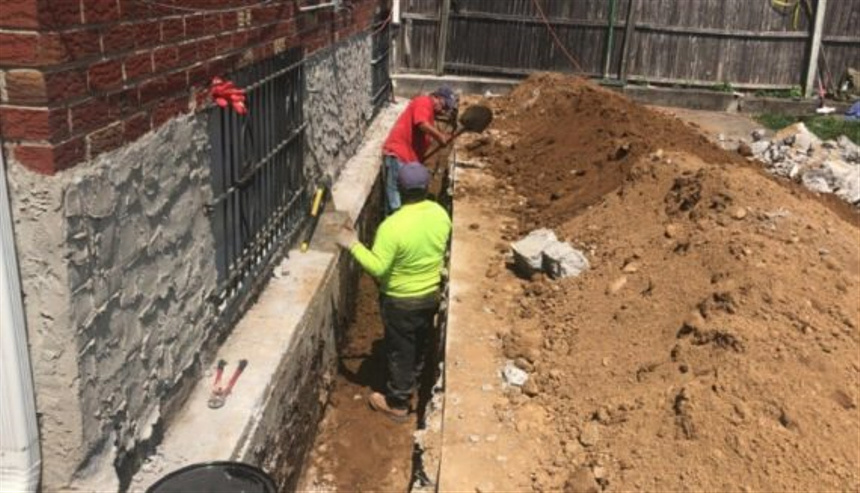
Local Lorne Park professional basement waterproofing companies for foundation repair.

Lorne Park Mississauga (647) 243-3679
Professional basement waterproofing services in Lorne Park Mississauga Ontario
Our Proven Method for a Dry Lorne Park Mississauga Basement.
Our process permanently eliminates basement water damage, even under the most severe conditions. This innovative solution stops all water and moisture infiltration in your basement, generally within a single day. Former areas that were previously unusable due to water and moisture infiltration will be transformed into clean, dry, and 100% odor-free spaces, preventing mold from thriving anymore.
Unlike regular basement waterproofing companies, our method provides a permanent tight water seal without ever needing a sump pump or any other mechanical means to dispel the water. All the corrections are done from the inside, meaning there is no external digging or ground disturbance.
This technology ((interior basement waterproofing)) is the same trusted solution used to waterproof major infrastructure projects. Our sealed membrane process is engineered to last longer than the concrete surface it is sealing.
Interior basement waterproofing addresses moisture issues from inside the home by sealing foundatioin cracks and applying waterproof coatings to walls and floors, and installing drainage systems and sump pumps to manage water that penetrates the . This is a good option when exterior waterproofing access is limited, as it is less expensive and disruptive than exterior excavation.
Methods and materials
Seal cracks and holes: Before any other treatment, use hydraulic cement to fill any cracks or gaps in the foundation walls.
Apply waterproof coatings: Apply a high-quality masonry waterproofing product or elastomeric paint to the interior walls and floors to create a protective barrier. Ensure the surfaces are clean and dry before application and apply a minimum of two coats for best results.
Install an interior drainage system: This involves digging a trench along the perimeter of the basement floor to install a French drain system that collects water and directs it to a sump pump. The sump pump then removes the water from the basement.
Install a sump pump: A sump pump is crucial for systems that collect water. It pumps the water away from the house, preventing it from re-entering the basement.
Seal windows, doors, and pipes: Use caulk to seal around windows, doors, and any pipes that penetrate the foundation to prevent water from entering through these common entry points.
Install a cavity drain membrane system: These systems are installed on the interior walls to direct water and moisture towards a drainage channel.
When to use interior waterproofing
When exterior access is limited or excavation is not feasible.
For existing buildings where (basement moisture) is a concern.
As a complementary method to exterior waterproofing to manage condensation and minor seepage.
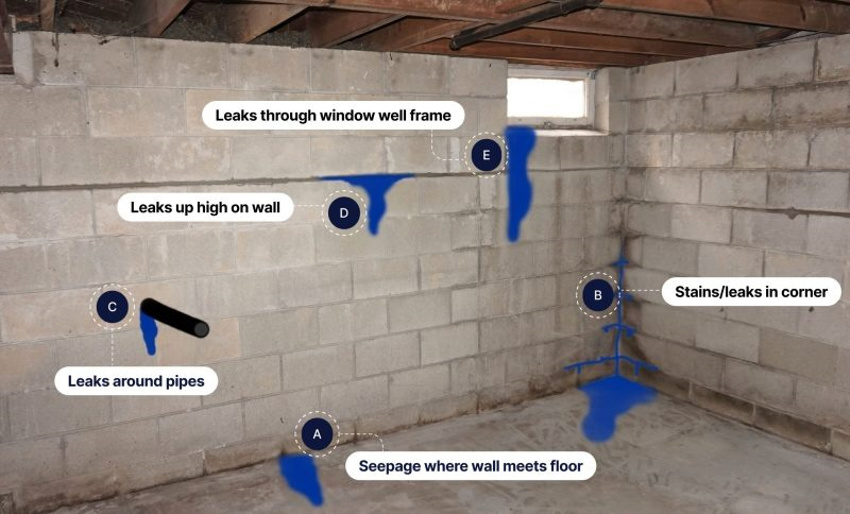

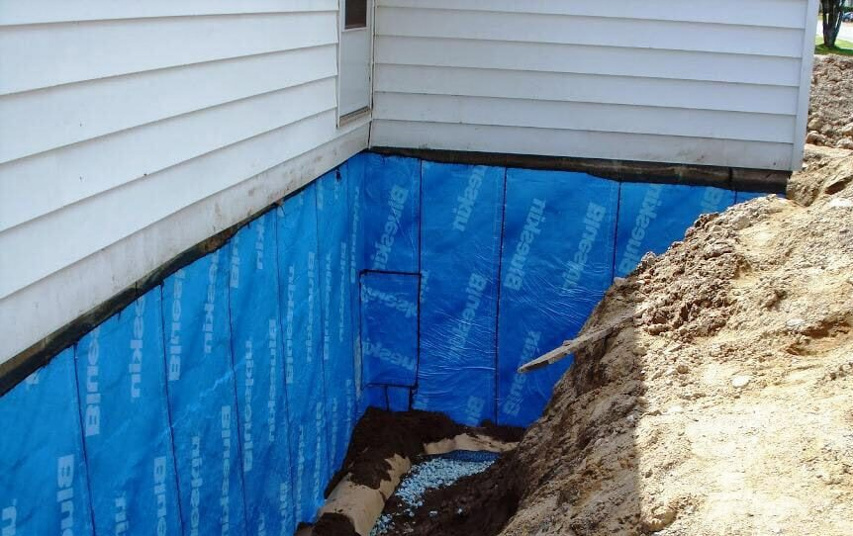
(647) 243-3679
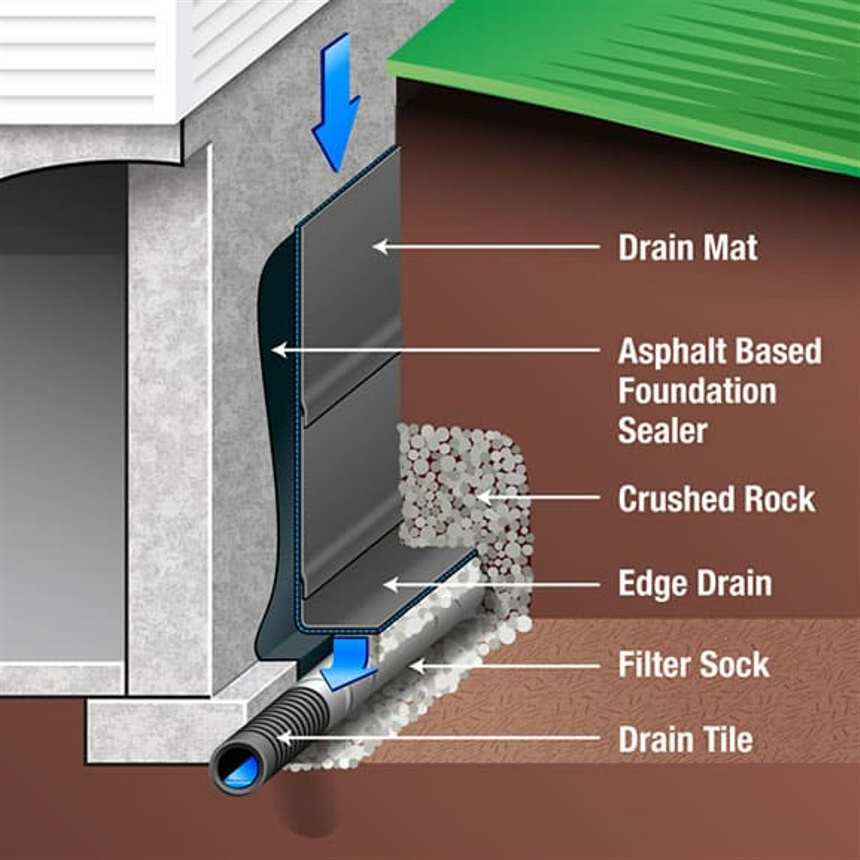
(647) 243-3679
Basement waterproofing contractors serving Lorne Park Mississauga areas.
Lorne Park shares a common history with the adjacent Clarkson. Before the arrival of the Europeans, all the land that today comprises Lorne Park (and all of the City of Mississauga) belonged to the Mississaugas.
One of the first European settlers in the Clarkson-Lorne Park area was Warren Clarkson. Lorne Park is located in what was originally Toronto Township, which comprised a number of hamlets and incorporated towns and villages.
Lakeshore Road originated as a log road built from the mouth of the Credit River to the Humber River 1820, and was extended west shortly after though the Lorne Park area to connect York (now Toronto) to Hamilton. By the 1830 logging was a major industry in Lorne Park. Most of the pine wood was exported to Britain and the United States.
Over the early part of the 20th century Lorne Park grew into a unique community. In 1887, Joseph Thompson bought 86 acres of land in Lorne Park which became known as Thompson's Wood, now called Jack Darling Park. Thompson's brother Ernest Seton lived there until the home was lost in foreclosure. Ernest left, changed his name to Ernest Thompson Seton and achieved fame as an author and artist. The Lorne Park Post Office opened in 1892 and George D. Perry was the village's first postmaster. James Alberton built the three-story Albertonia Hotel in 1899. In 1927, it was renamed the Lorne Park Lodge but burned down two years later in 1929.
The Lorne Park Mission Hall was built in 1902. It featured an open porch and a bell tower on the roof. The first library was organized by sawmill owner Robert Taylor in 1903. The first library meeting was held in January, 1904, in the Lorne Park Mission Hall. Reverend H. Thompson officiated over the first Anglican services in 1906, also held at the Lorne Park Mission Hall. St. Paul's Anglican Church was built in 1914. The Lorne Park Baptist Church was founded Sunday, May 18, 1919, in the Lorne Park Mission, with Reverend J. Williamson presiding.
At some point a 30 ha (74 acres) "pleasure grounds," was operated in Lorne Park by the Toronto Park Association, included separate parlours for men and women, bowling lanes and merry-go-rounds. Travel to the resort from Toronto was often by steamer. After a series of bankruptcies, the resort lands were sold to cottagers. With the completion of the Queen Elizabeth Way, suburbanization of the surrounding lands ensued in the post-World War II period, with the cottage areas becoming residential. The former cottage areas largely retain a woodsy character today and stand out from the later suburban developments, with streets having no curbs or sidewalks.
For the next half century, Lorne Park remained a small community, until 1968 when it, along with the rest of Toronto Township, was restructured into the Town of Mississauga, which became the City of Mississauga in 1974.
Lorne Park Estates
Lorne Park Estates is a 31 ha (77 acres) community, south of Lorne Park, located within the City of Mississauga. It is bordered by Lake Ontario on the south, Lakeshore Road on the north, Jack Darling Park on the west and Richard's Memorial Park on the East.[citation needed]
LPEA Homeowners are responsible for municipal taxes and upkeep of the LPEA lands, and are also co-operatively responsible for the maintenance, insurance and taxes on their 15 ha (37 acres) reserve; including their roads, forests, walking trails, a cottage, a private park and amenities area (the 'Commons') and their 0.8 km (0.5 mi) of private beaches with riparian rights.
There are only 2 roads into Lorne Park Estates and they are clearly marked as "private" as they are dually privately maintained and privately owned by the Lorne Park Estates Association. These private roads are for the exclusive use of only the residents within the estates, and their invited guests. These privately maintained roads in the community are narrow, uncurbed and with no sidewalks as this is the common preference of their exclusive community.
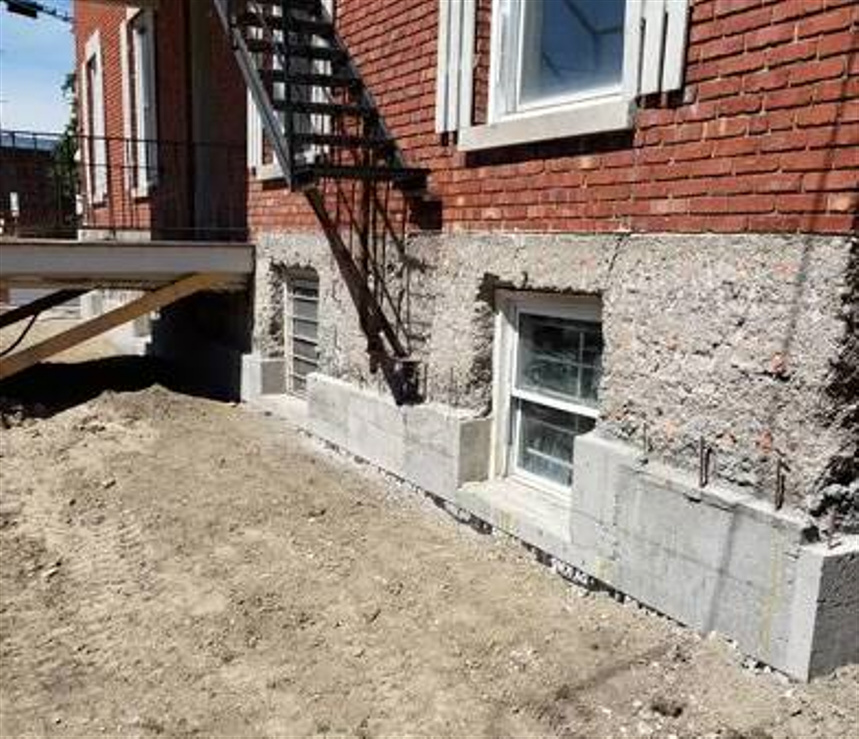
The Lorne Park is commonly thought to be named after John Campbell, 9th Duke of Argyll, better known by the courtesy title Marquess of Lorne. However, this is conjecture, as the park was already titled Lorne before he became Governor General, and the aetiology of the name Lorne is unclear. The Marquis also was not in attendance at the opening of the park in 1879: The Marquis was in Montreal officiating an investiture ceremony knighting members into the Queen's privy counsel commissioning the official opening of the Beaux Arts Museum that Victoria Day weekend in 1879. Historically the community, and the parklands have seen many changes. The land, first occupied by the Mississaugas, was transferred with larger land portion through Treaty No. 13 to Governor John Graves Simcoe in 1805.
The land, which housed a significant stand of pines, was slated to be used for its wood as resources for the British Empire. However, this was not required and the land remained intact and became a subject of interest. First by individuals of the British military who wished to settle, and then by sundry businessmen and investors. Its legal ownership started 1832, ultimately resulting in the owners taking charge of their community. Currently, Lorne Park Estate owners have Canada Postal Service, garbage and water service alliance with the City of Mississauga, homes were electrically heated still into the 1980s, when a gas line deal was brokered with Union Gas. Roads, parks and sewage are handled by the Lorne Park Estates Association and the individual homeowners within the estates.
In a survey of 1888 the "Toronto and Lorne Park Summer Resort Company" assumed cottage lots, a hotel, wharf, walking trails and common grounds from the formerly named Toronto Park Association. The hotel in the amusement park at that time was called the Lorne Park Hotel. The newly revamped community was orchestrated and drawn by Edmund Burke, (a park resident) of Langley and Burke architects, including many of the original cottages and a Burke designed renovation to the existing Hotel. The investors renamed the Hotel Lorne as "the Hotel Louise" at that point, it is commonly thought this was to capitalize on the popularity of the Marquis of Lorne and the dual coincidence of the existing park name "Lorne" which dates back to 1860, but Louise was the name of the premier investor James Boustead's mother, also his daughter Mary Louise Boustead Clarke.[citation needed]
The park was officially re-opened in May 1889 (the Marquis of Lorne had been departed from Canada in 1883 at this point and he was no longer governor General). Trains, carriage and steamers left Toronto on a regular basis to ferry visitors to the wharf, picnic areas, dining pavilion and eating establishment. Most of the names of the original investors are reflected in the street names Roper, Stockwell, and Henderson, however, the streets proposed at that time did not all survive as entertained, the Toronto and Lorne Park summer Resort Company did not thrive past 1903, when the wharf collapsed and 3 bystanders were splashed by Lake Ontarios frigid waters. Without a wharf for steamers to ferry people to Lorne Park, the enterprise floundered, and it became an exclusively owned private summer retreat for the wealthy temperate Toronto elite who owned it.[citation needed]
The end of the wharf was a mixed blessing for the community[according to whom?] as its temperate residents became increasingly annoyed by members of the greater community, who routinely only wished to use the wharf for transportation into the city of York (Toronto), rather than patronise the dry Lorne Park amenities as their choice of recreational destination. The hotel and common lands were purchased by investors keen to re-invent the park as a motor club: and the hotel was renamed the Lakeshore Country club, which failed, because an attempt to procure a liquor license was thwarted by the resident homeowner shareholders within the park, and the LCC was foreclosed upon by the Farmers Bank in 1911.
In 1914, Toronto investor developer Sydney Small purchased the common lands and hotel for the amount of $46,000 with plans to develop the forest into a subdivision. Development was thwarted by the residents with a Supreme Court of Canada ruling. This coincided with the WW1 real estate market downturn and actually was a fortuitous turn of events for Mr Small who was saved further losses by his non-development as houses did not start selling again until after World War II. In 1919, resident Mary Louise Boustead Clarke purchased the lands and Hotel for $20,000 to prevent further outsiders from developing the parklands and ultimately her estate bequeathed the lands to the Lorne Park Estates Association in 1948. The hotel was irreparably damaged by fire in 1920.